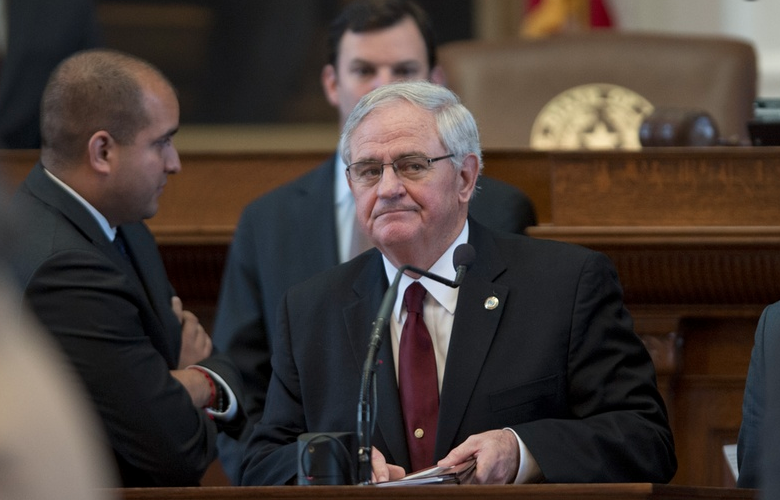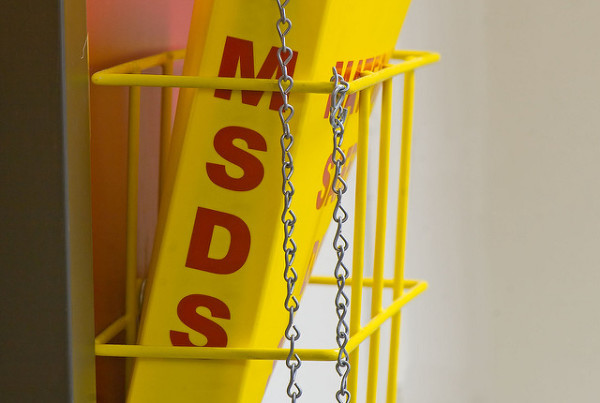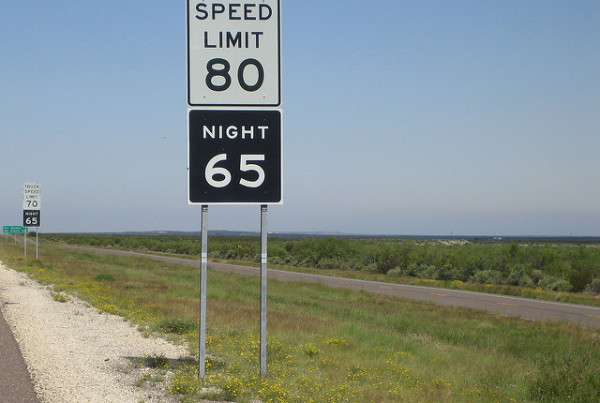This story is part of the NPR reporting project School Money, a nationwide collaboration between NPR’s Ed Team and 20 member station reporters exploring how states pay for their public schools and why many are failing to meet the needs of their most vulnerable students.
Last May, State Rep. Jimmie Don Aycock stood on the bustling floor of the Texas House of Representatives in Austin and smiled.
“Members, it’s just a small, technical clean-up of a little bit of school finance stuff, and I move to passage,” Aycock said, joking. Some lawmakers laughed.
Then Aycock got serious.
“What will it take to fix school finance?” he asked. “It’ll take a common view of 5.2 million children without dividing them into subgroups. We think in terms of black kids and brown kids and white kids. We think of poor kids and rich kids, kids from small districts and kids from larger districts. And we each come here representing our subset of kids, and that’s how the process works.”
Aycock knew this plea, that lawmakers think about more than just the children in their districts, was a tough ask, especially with the current funding system tied up in a state Supreme Court case.
Twenty minutes later, he withdrew the bill. To understand why, you need to understand one of the fixes he was proposing.
Like most states, Texas’ funding system depends, in part, on local property tax revenue. Affluent districts have more affluent schools. Poorer districts … you get the idea. To try to even the scales, states generally have two options.
Option A: focus state money on low-wealth districts instead of spreading it evenly among all districts. It’s one way to reduce funding disparities but unpopular with some districts that don’t feel they’re getting a fair share of state resources.
Or Option B: limit how much property tax revenue more affluent districts can raise and spend on their schools. Instead of a state trying to compensate for an imbalance, it’s a way of shutting down the imbalance at its source.
Both options attempt to achieve equity in the system — the first by lifting all boats, the second by lowering them.
In 2005, Texas chose Option B.
Only, it didn’t. Because of two magical words: hold harmless.
That’s a provision that a state lawmaker can use to create a kind of force field around his district, temporarily exempting his schools from, say, a budget cut or new rule.
“It creates a protection zone for districts that, for one reason or another, are adversely affected and makes the bill easier to pass, in all frankness,” says Lynn Moak, a school finance consultant in Texas since the 1960’s. “A lot of these school districts may be very little, but, when a lawmaker out in rural Texas gets a lot of letters, it has an impact on how he sees that vote.”
In 2005, when the state voted for Option B, some 900 school districts were protected under one, giant hold harmless provision.
900 districts. That’s the vast majority of districts in the state, virtually exempted from a move to improve equity in the state’s school funding system.
Here’s how it worked. Those districts still had to limit how much they could raise in property tax revenue. For more affluent districts, that meant some of their schools would have taken a financial hit. But, under the hold harmless provision, the state agreed to use state dollars to make up that difference.
When Rep. Aycock stood in front of his fellow lawmakers last year, he wanted to remove the outdated provisions in the state’s school finance system that allowed this to happen.
















